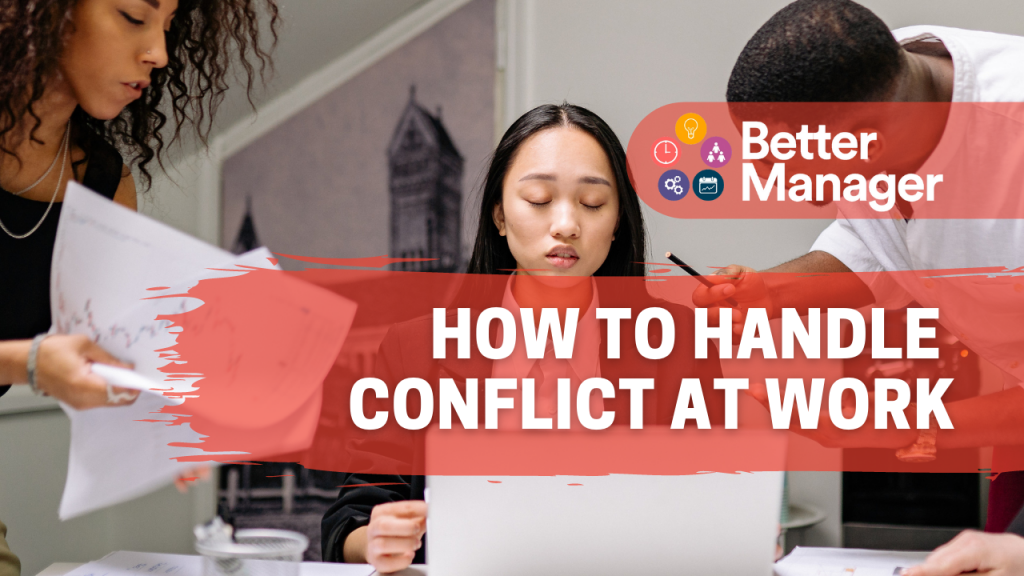One of the biggest challenges in managing conflicts in the workplace is knowing how to deal with the people involved. The people involved in the conflict often have different ideas and working styles. That can lead to disagreements. When employees depend on each other to complete tasks, they may be under pressure to complete tasks in a short time frame. Other signs of conflict include increased absences, reduced morale, and decreased productivity. It can be challenging to deal with conflict and reach an amicable resolution.
The first step to handling conflict in the workplace is to be calm and unbiased. That can be achieved by preparing yourself and choosing a neutral location to meet with the people involved. The key is to make everyone comfortable and avoid having one person dominate the conversation. Once the meeting is over, the mediator can help the parties determine their next steps and identify solutions. They must be aware of their body language and facial expressions to do this.
Conflict often starts with minor disagreements. To accomplish a neutral approach and calm demeanor, you need to slow down your speech and use a softer voice. A good mediator will encourage all parties to express their views and ensure no side neglects the discussion.
A good mediator should be neutral and calm. The meeting should be scheduled far enough ahead of time so that each party has time to prepare. The location should be a neutral space so that each party can discuss the issue with an open mind. The mediator should be objective and help the parties identify solutions. If a conflict is not resolved quickly, it can become destructive; don’t forget to keep your cool if that happens.
If the conflict is personal, you can focus on a positive approach and be patient and understanding. Resolving the harmful effects of conflict will allow you to get on with your work and achieve your objectives.
The next step in dealing with conflicts is to listen. It is important to remember that every conflict has two sides. Therefore, it is essential to listen to the opposite party to understand what they are saying. That will not only ensure that your perspective is respected but will also help to keep the conflict from escalating further. If you do not listen to the other person, the conflict may escalate. That can lead to a severe problem for both parties.
Another essential step in dealing with conflict at work is to avoid dominating the conversation. Instead, ask questions to clarify the other person’s point, not interrupting them until they finish talking. This will prevent petty arguments and lead to misunderstandings. In addition, you should consider the personality of your coworkers. If they are introverted, they may not want to engage in a conversation with a more aggressive individual.
Try to listen to the other person’s viewpoint and understand what they are saying. You can then find common ground by listening to the other person. If the other party refuses to listen, you can always negotiate a solution.
Last but not least is understanding your coworker’s emotional responses. When coworkers feel threatened or angry, they may be defensive and show little emotion. Taking this into account is crucial to understand the cause of the conflict and resolve it without hurting the other person. This way, you can avoid further problems by being prepared and calm. The second step is to learn about the other person’s feelings.

